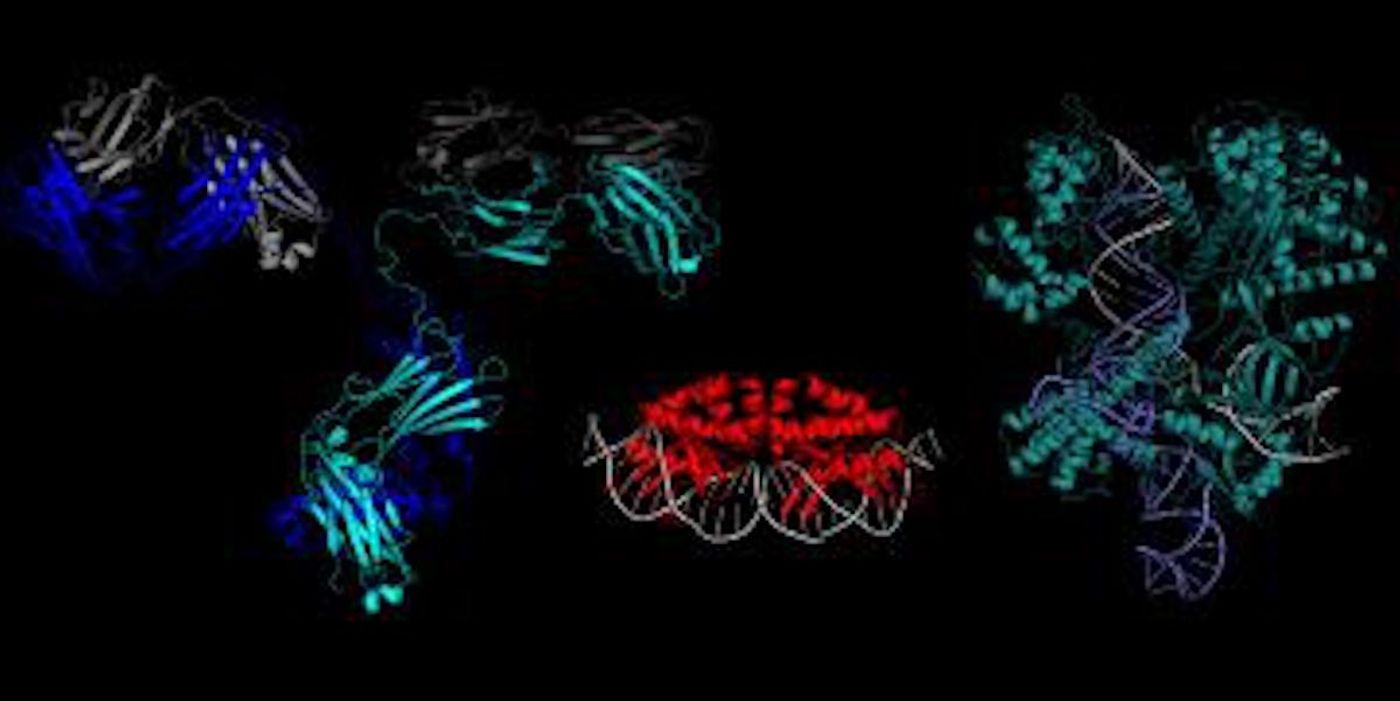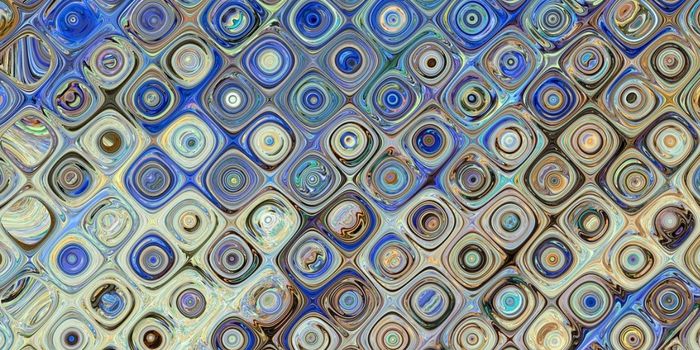Towards a Cure for Latent Herpes 1 Infections
Herpes simplex virus 1 (HSV-1) causes what's popularly known as cold sores, and is transmitted mostly through oral-to-oral contact. It can also cause genital herpes. Once a person is infected with HSV-1, they have it for life. The World Health Organization estimates that globally, 67 percent of people under the age of 50 - 3.7 billion people - have HSV-1 infection. Herpesviruses including HSV-1 can enter a latent phase in which very little virus is. produced in the body and it can remain hidden from the immune system. That also means the virus persists, and at any time can reactivate and cause symptoms or spread.
Scientists may have now found a way to eliminate latent HSV-1. Reporting in Nature Communications, scientists delivered enzymes that chop up the HSV-1 DNA into infected cells. These genetic scissors had to reach nerve pathways that link the neck and face, targeting tissue where the virus hides. In a mouse model, there was a 90 percent decrease in the level of the latent virus when using this strategy. The scientists were hopeful that it would be enough to stop symptoms from reemerging.
"This is the first time that scientists have been able to go in and actually eliminate most of the herpes in a body," said the senior study author Dr. Keith Jerome, a professor in the Vaccine and Infectious Disease Division at Fred Hutchinson Cancer Research Center. "We are targeting the root cause of the infection: the infected cells where the virus lies dormant and are the seeds that give rise to repeat infections."
The scientists used a viral vector, a common delivery system for gene therapy, to send the DNA-cutting reagents to infected cells. They found that using enzymes called meganucleases to chop up the HSV-1 DNA was a more efficient approach than CRISPR/Cas9. They had to use two meganucleases that only target viral DNA instead of one, but when two were applied to infected cells, the virus could not fix the damage that was inflicted on its genome.
"We use a dual meganuclease that targets two sites on the virus DNA," explained first author Martine Aubert, a senior staff scientist at Fred Hutch. "When there are two cuts, the cells seem to say that the virus DNA is too damaged to be repaired and other molecular players come in to remove it from the cell body."
With this method, there was a 92 percent reduction in the levels of virus in the superior cervical ganglia, where HSV-1 hides.
Instead of trying to stop painful herpes symptoms from recurring, like previous studies, Jerome and his team were interested in finding a cure for the viral infection.
"The big jump here is from doing this in test tubes to doing this in an animal," said Jerome, who also leads the Virology Division at UW Medicine. "I hope this study changes the dialog around herpes research and opens up the idea that we can start thinking about cure, rather than just control of the virus."
Now that they've seen success in their animal model, more work will be needed to bring this to a clinical trial, which may be as soon as three years away. They are also working on a similar strategy for treating herpes simplex 2.
"This is a curative approach for both oral and genital HSV infection," Aubert said. "I see it going into clinical trials in the near future."
Sources: AAAS/Eurekalert! via Fred Hutchinson Cancer Research Center, Nature Communications









